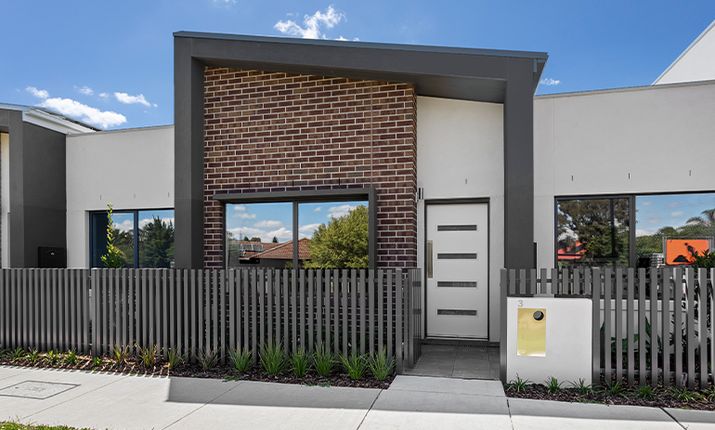A national campaign has been launched to convince three breakaway State Governments across Australia to adopt minimum standards to make it easier for older Australians to access and move around their homes.
The Building Better Homes campaign is encouraging Australians to write to the governments of New South Wales, South Australia and Western Australia.
These three States have to date decided not to support reforms by the Australian Building Codes Board to introduce minimum accessibility requirements for new homes.
The reforms are expected to lead to homes with:
- Step-free home entry and showers
- Mandatory ground level accessible toilets
- Larger parking spots
- Walls with the capacity to support grab rails in bathrooms and;
- Wider corridors and doorways, to make it easier for people with mobility restrictions (including people in wheelchairs) to move around within the home.

To date, these reforms have been supported by Queensland, Victoria, Tasmania, the Australian Capital Territory and the Northern Territory and are due to come into place for new homes constructed from September 2022.

must be easy to use and climb
Physical Disability Council of NSW CEO Serena Ovens said that, with Australia’s ageing population, it was alarming that new housing was not being constructed in line with a basic accessibility standard.
“Older people and people with physical disabilities want to live in homes that keep them connected to their families and their community. Making accessible housing mainstream is critical to allowing this,” she said.
“Many of our members can’t attend a simple dinner party at a neighbour’s or visit family members because they can’t get inside their homes due to access issues.
“Others have to leave people’s homes to access a bathroom when they need it. Poor housing design is a real impediment to participating in the community”.
Ms Ovens said that, at worst, the cost of implementing the standards would run into the “tens of thousands” for a new dwelling.
However, she said this needed to be balanced against the fact that it was accessible homes which were usually more popular among buyers, because these homes guaranteed that people could age-in-place and as their needs changed.
More than three million Australians have a mobility or other limitation due to disability, with more than 90 per cent living within the community. This is estimated to increase to around 4.5 million people by 2040.
Since the Building Better Homes direct messaging campaign went live in mid-July, more than 500 people have written to the relevant State ministers of the three breakaway governments.
The NSW Government has previously told Downsizing.com.au it wouldn’t implement the reforms, in part because they were “blunt and inflexible” by making developers construct accessible homes even when they weren’t needed by the home occupants.

spaces are a key part of accessible housing
In a 17 June response to the Building Better Homes campaign, South Australia’s Planning and Local Government Minister Vickie Chapman said her government was concerned about the housing affordability impacts of the reform.
She said the government would be looking at “alternative voluntary pathways” to increase accessible housing stock.
Meanwhile, a 9 June response from Western Australia’s Commerce Minister Amber Jade Sanderson said that the State was also concerned about “housing availability and affordability” and as such was not in a position to support the reforms in the “short-term”.
Industry opposition
In a response to Downsizing.com.au, the Property Council of Australia’s Group Executive for Policy, Mike Zorbas also opposed the reforms.
“The Property Council believes housing accessibility is vitally important, especially for that significant minority of the population who have need of additional design features at any given stage of life,” Mr Zorbas said.
“However, the Property Council urges the Commonwealth and states and territories to explore better targeted provisions that will deliver accessible housing to people that need it without imposing more costs on people who do not.
“The Commonwealth should work with states and territories to provide certainty for industry in delivering these changes by committing to a three year, harmonised transition period for the liveable housing provisions in the states and territories where they will be implemented.
“In particular, state and territory governments should seek a proper understanding of the interaction of the proposed accessibility requirements with existing planning schemes, state development requirements and local government initiatives.
“This will give state and local jurisdictions time to enact appropriate legislative reform and avoid an inefficient patchwork of requirements across the country.”
Find out more:
- Building Better Homes campaign website
- Australia’s largest State rejects proposed seniors-friendly accessible housing laws
- Final Regulatory Impact Statement on accessible housing
WATCH SERENA OVENS DISCUSS THE CAMPAIGN AT OUR WEEKLY NEWS VIDEO


